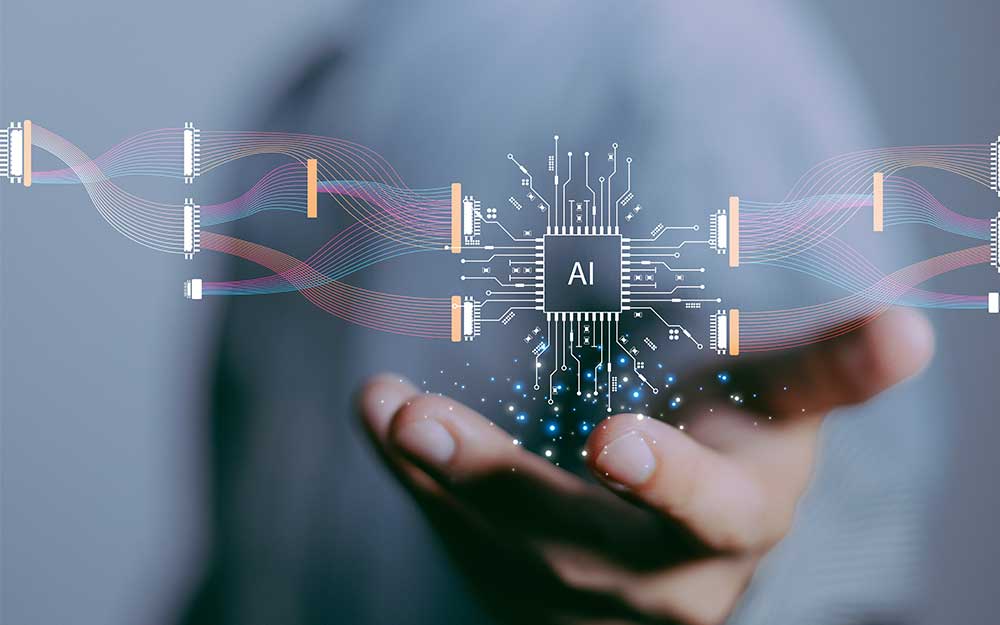Artificial intelligence is taking center stage in a variety of healthcare settings. Rogers’ Brian Kay, PhD, chief strategy officer, says Rogers is one of the few behavioral healthcare systems utilizing AI.
“AI could be an excellent platform for taking different pieces of a patient’s medical record and giving clinicians the ability to potentially predict or augment clinical decision-making,” says Dr. Kay. “By no means will AI replace a clinician or make decisions for them, but it is a tool to guide patient care and help our team understand things that they may not be seeing in the chart.”
Currently, AI is being leveraged at Rogers in two important predictive models.
Predicting risk of suicide in adult inpatient care with AI
“We entered a vast amount of data with the goal of knowing the characteristics that are predictive of someone completing suicide,” he explains. “We entered more than a dozen data points into a calculation that we call the suicide risk predictor that runs in the Cerner electronic health record. Our clinicians can see whether a particular patient may be at a higher risk of suicide, which is critical because that informs their protocols.”
Dr. Kay says Rogers developed the suicide risk model with Cerner, and he is anticipating a second version to be released within the next year or so.
Rogers is also working with ObservSMART, a proximity-based Bluetooth-enabled patient check system, on their next generation hardware. Rogers’ patients wear a wristband that syncs with tablets that are carried by staff. When in proximity, staff can observe and document patient safety checks on the tablets.
“The next iteration of ObservSMART will have an accelerometer on it,” he says. “We want to use AI to quantify how much sleep our patients are getting. Sleep is one of the most important predictors of whether someone is at risk of suicide. Our clinical teams can use sleep medications and cognitive behavioral therapy for insomnia to mitigate the risk. Having the data point of sleep is very important in our care.”
Treatment response model
Within the treatment response model, Rogers took information that’s collected during admission as part of initial outcome measures and combined it with information from former patients to see who did and did not respond to treatment.
“What we found is the AI treatment response model is highly predictive. On day one we can predict whether a patient is going to respond to treatment with a high level of confidence. The treatment team can then look at modifying interventions so the patient has a better chance of responding.”
Dr. Kay says ChatGPT, which is a form of generative AI, will likely make its way into healthcare as well.
“That could look like listening in to patients and clinicians talking and then summarizing that discussion into a note or going through the medical record and generating discharge summaries for review and editing by clinicians,” he says.
While it has the potential to reduce the burden of documentation by automating it, Dr. Kay says its use in healthcare will be limited until there is broader testing in the field.


